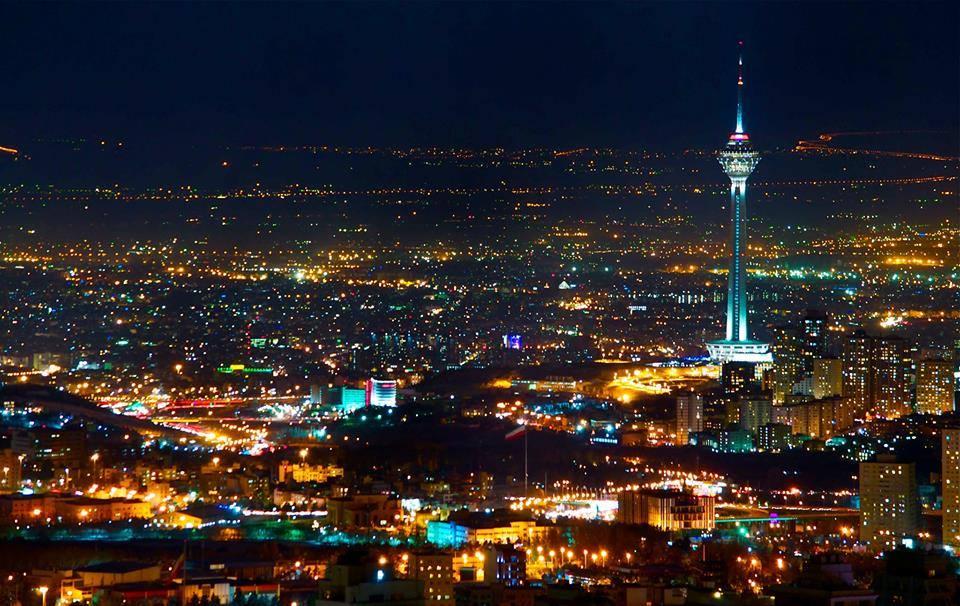The annual cost of maintenance and expansion of Tehran's power network is $22 million, the managing director of Tehran Province Electricity Distribution Company said Tuesday.
Hossein Sabouri said optimization and upgrading the electricity network in the capital costs $10 million per annum, ISNA reported.
The money is spent on improving old and dilapidated distribution systems and developing infrastructure “because the old equipment wastes power.”
Power wastage in Tehran stood at 6.8% by the end of the last fiscal in March but is expected to fall slightly to 6.4% by March 2019.
Doing away with malfunctioning equipment, supply lines, utility poles, cables and electric meters are among measures taken to help reduce electricity loss.
“About 1200 km of the power distribution network (of the total 32,000 km) in Tehran are old. Almost 10%-15% of the worn out grid is renovated annually. Further, 1200 electrical substations (out of 18,000) in the city need to be updated,” Sabouri said.
An average of 100,000 new customers join the bulging subscription list each year in the province. On average $12 million is spent annually to expand the power grid and increase output to meet rising demand.
Respecting Consumption Limits
Tehran has 4.5 million subscribers, 76% of which are households. “The good thing is that 80% of the homes keep in line with the average consumption of 300 kilowatt hour per month,” Sabouri said.
He said the government is revising electricity tariffs so that the “20% of households that use electricity injudiciously pay a surcharge for heavy consumption.”
Experts say the experience of developed countries shows that the only solution to compel subscribers to stay away from overconsumption and waste is higher prices. People understand the problems better when hit in the pocket.
According to the Energy Ministry, higher electricity tariffs for consumers who exceed reasonable consumption limits is on the agenda and the new rates would be finalized by end of fall.
The country's current installed power capacity is said to be around 79,000 MW but a lot less is produced due to wastage, water shortage in hydroelectric dams and technical problems.
Tehran had 42 hours of power cuts in the summer in two weeks. Speaking about the possibility of power shortages next summer, Sabouri said, “Our goal is to have no blackout in the city. There are plans to enhance the efficiency of power plants and further encourage households and industries of the crucial need for judicious consumption.”


